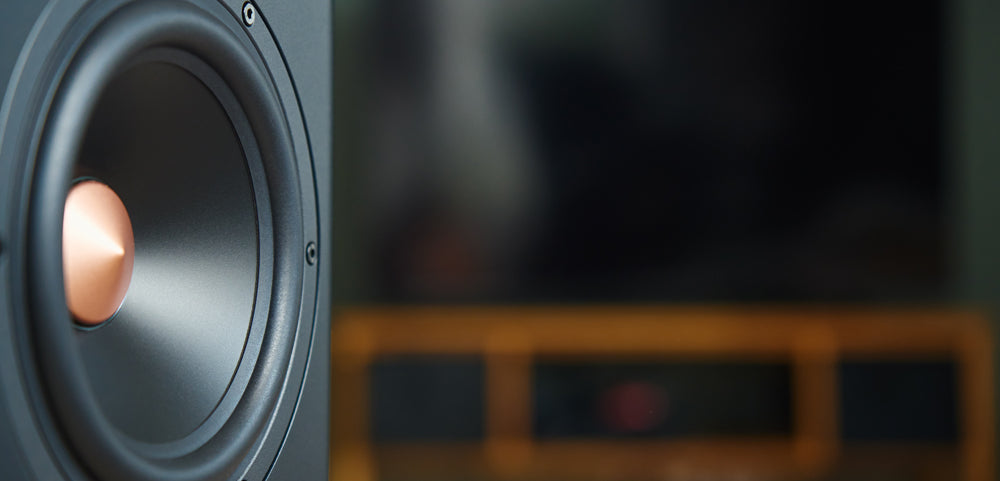
The Pros and Cons of Using a Subwoofer in a HiFi Setup
In the world of high-fidelity audio, the quest for the perfect sound experience is both a passion and a science. Among the myriad components that can shape your listening environment, the subwoofer stands out for its unique contribution to the depth and richness of sound.
A subwoofer, designed specifically to reproduce the lowest of the audible frequencies, can elevate a HiFi setup from good to exceptional. However, integrating a subwoofer into your system involves careful consideration of both its advantages and its potential downsides.
In this blog, we delve into the nuanced world of subwoofers, exploring how they can enhance your audio experience, the challenges they may present, and what to consider to make an informed decision.
The Pros and Cons of Using a Subwoofer in a HiFi Setup
| Pros of Using a Subwoofer | Cons of Using a Subwoofer |
|---|---|
| Enhanced Bass Response: Provides deeper and more impactful bass, enriching overall sound quality. | Space Requirements: Subwoofers can be bulky, requiring significant space in your listening area. |
| Reduced Distortion: Lowers distortion by offloading low-frequency tasks from the main speakers. | Integration Challenges: Achieving acoustic harmony with existing speakers can be complex. |
| Improved Sound Dynamics: Adds depth and dimension, offering a more immersive listening experience. | Cost: High-quality subwoofers can be expensive, adding to the overall cost of your HiFi setup. |
| Flexibility in Placement: Can be placed in various locations without major impact on sound quality. | Overpowering Bass: Improper calibration can lead to bass overpowering mid and high frequencies. |
| Increased Sound Clarity: Enhances the clarity of sound by accurately reproducing low-frequency sounds. | Complex Calibration: Setting up a subwoofer for optimal performance can be technical and time-consuming. |
| Relieves Main Speakers: Allows main speakers to focus on mid and high frequencies, improving overall performance. | Room Acoustics: The acoustics of your room can significantly affect the performance of a subwoofer. |
| Cinema-Like Experience: Reproduces the deep bass sounds found in movie soundtracks, enhancing home theatre setups. | Wiring Complexity: Adding a subwoofer can complicate the wiring and setup of your HiFi system. |
| Versatility with Music and Movies: Improves the listening experience across various media types, not just music. | Neighbour Disturbance: In shared living spaces, the deep bass can be intrusive to neighbours. |
| LFE Channel Support: For home theatres, it supports the Low-Frequency Effects channel in surround sound setups. | Power Consumption: Subwoofers can be power-hungry, adding to your electricity bills. |
| Customisation: Many subwoofers come with adjustable settings to tailor sound preferences. | Visual Intrusion: Large subwoofers may not blend well with all interior designs, affecting aesthetics. |
FAQs about Subwoofers in a HiFi System:
1. What is the main benefit of adding a subwoofer to my HiFi setup?
The primary benefit of incorporating a subwoofer is the enhancement of bass response. A subwoofer can reproduce low-frequency sounds more effectively than most regular speakers, adding depth and richness to music and providing a more immersive experience for movies and games.
2. Will a subwoofer work with any HiFi system?
Most modern HiFi systems can accommodate a subwoofer, but compatibility depends on the specific components and connections available in your setup. It's important to check if your amplifier or receiver has a dedicated subwoofer output. For systems without one, there are still ways to connect a subwoofer, but the setup might be slightly more complex.
3. How do I find the best placement for my subwoofer?
Subwoofer placement can significantly impact its performance. While subwoofers are less directional than other speakers and offer more flexibility in placement, experimenting with different locations in your room can help find the spot where the bass sounds best. Common starting points are near the front speakers or in a corner to take advantage of room acoustics.
4. Can a subwoofer be too powerful for a small room?
Yes, a subwoofer that is too powerful for a space can overwhelm the room with bass, leading to a boomy or unbalanced sound. It's crucial to choose a subwoofer that matches the size of your room and your listening preferences. Proper calibration and volume adjustments can also mitigate overpowering bass.
5. How do I integrate a subwoofer with my existing speakers?
Integrating a subwoofer involves setting the crossover frequency, which determines the point at which your subwoofer takes over bass reproduction from your main speakers. The goal is to create a seamless blend where the subwoofer complements the speakers without overlapping too much. This process might require some trial and error to achieve the best sound balance.
- -
Incorporating a subwoofer into your HiFi setup can significantly enhance your listening experience, bringing depth and power to the bass frequencies that smaller speakers may miss. However, it's not a decision to be made lightly, as factors such as space, budget, and the effort required for proper integration play crucial roles.
Whether you're a seasoned audiophile or a newcomer to the world of high-fidelity audio, understanding the pros and cons of adding a subwoofer will empower you to make the best choice for your auditory journey. Remember, the goal is to achieve a balanced, cohesive sound that complements your personal preferences and the acoustics of your listening environment.
Happy listening!


